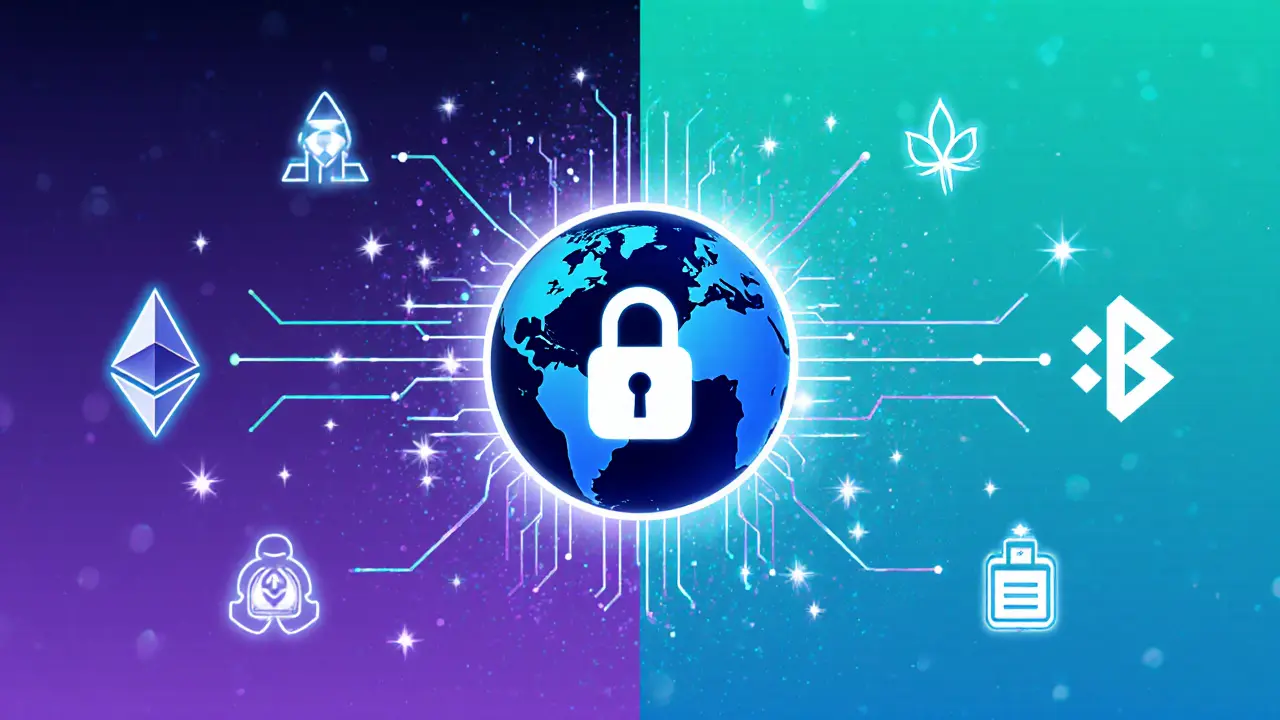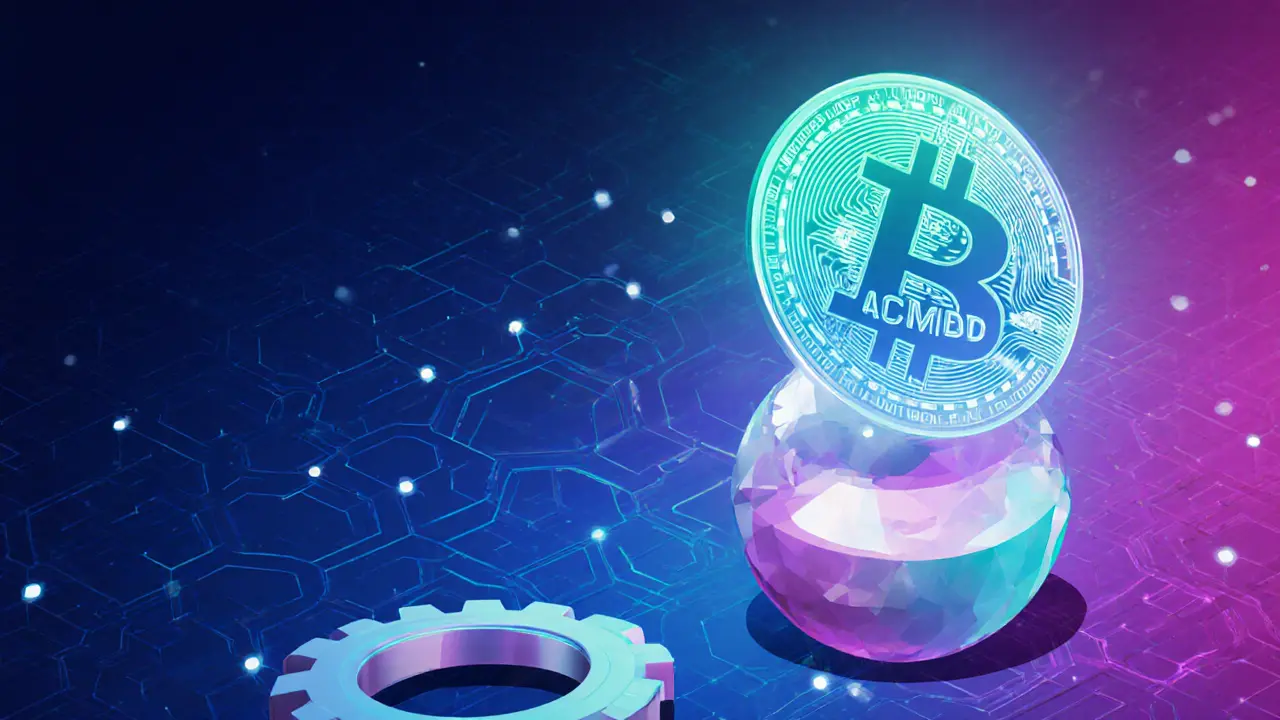DeFi: The Fast‑Track to Decentralized Finance
When working with DeFi, decentralized finance that lets anyone lend, borrow, or trade assets without a traditional bank. Also known as Decentralized Finance, it opens up financial services to anyone with an internet connection.
One core building block of DeFi is Liquidity Pools, shared reserves of tokens that power automated market makers and enable instant swaps. Without liquidity pools, you’d have to wait for a buyer or seller to appear, just like on a classic exchange. Another essential piece is Smart Contracts, self‑executing code on blockchains that enforce the rules of a financial transaction. Smart contracts remove the need for a middleman and guarantee that funds move only when predefined conditions are met. When you combine liquidity pools with smart contracts, you get a system that can automatically match traders, lend assets, or reward participants.
From there, many projects add a layer called Yield Farming, the practice of moving assets across protocols to capture the highest possible return. Yield farming influences DeFi returns by creating competition for the best rates, which in turn drives innovation in incentive structures. The tokenomics of each project—how a token’s supply, distribution, and utility are designed—determines whether a yield farm is sustainable or just a short‑term hype. Understanding tokenomics helps you spot real value versus fleeting APY spikes.
Why DeFi Matters Right Now
DeFi encompasses liquidity pools, smart contracts, and yield farming, forming an ecosystem where anyone can become a lender, borrower, or market maker. It requires smart contracts to enforce trustless agreements, and those contracts rely on liquidity pools to supply the capital needed for trades and loans. This network effect means that as more users join, the whole system becomes cheaper and more efficient. For everyday investors, that translates into lower fees, faster settlement, and access to products that traditional finance often hides behind heavy regulation.
Our collection below reflects these connections. You’ll find step‑by‑step guides on how to register a crypto license in the US, deep dives into tokenomics of coins like PREME and SafeMars, and practical reviews of exchanges that support DeFi trading. There are also articles on regulatory sandboxes, airdrop mechanics, and security tips—all aimed at helping you navigate the fast‑moving DeFi landscape. Whether you’re just curious about how liquidity pools work or you’re ready to start yield farming, the next posts give you the tools and insights you need.
Ready to see the full range of DeFi resources? Below you’ll discover detailed analyses, how‑to guides, and up‑to‑date reviews that break down the concepts we just covered, so you can move from theory to action with confidence.
Inkryptus (INKY) Crypto Coin Explained: Features, Price & How It Works
Oct 3, 2025, Posted by Ronan Caverly
Inkryptus (INKY) is a hybrid privacy‑focused DeFi platform launched in 2020. Learn its features, token economics, price, and how to get started.
 MORE
MORE
ACMD X CMC Airdrop: How to Join, Tokenomics & What You Need to Know
Dec 14, 2024, Posted by Ronan Caverly
Explore the ACMD X CMC airdrop details: how to join, tokenomics, distribution mechanics, price discrepancies, and essential due‑diligence steps.
 MORE
MORE
SEARCH HERE
Categories
TAGS
- crypto exchange review
- decentralized exchange
- cryptocurrency
- crypto coin
- smart contracts
- tokenomics
- cryptocurrency exchange safety
- crypto exchange
- cryptocurrency airdrop
- crypto airdrop
- cryptocurrency exchange
- CoinMarketCap airdrop
- crypto airdrop guide
- blockchain token distribution
- DeFi
- crypto exchange scam
- Ethereum
- cross-chain interoperability
- ERC-20
- GameFi
